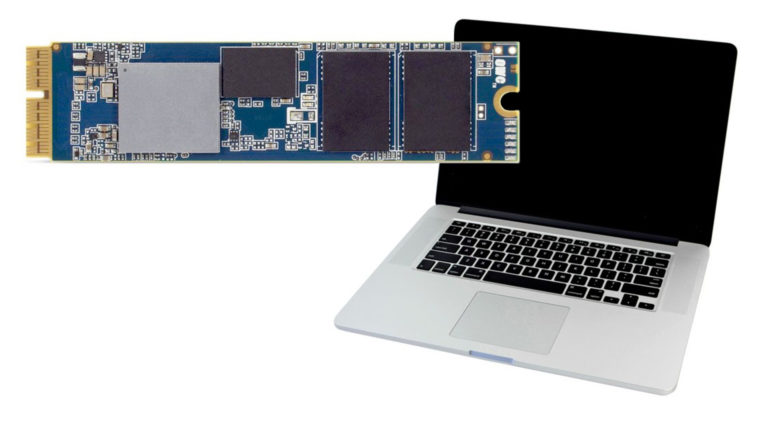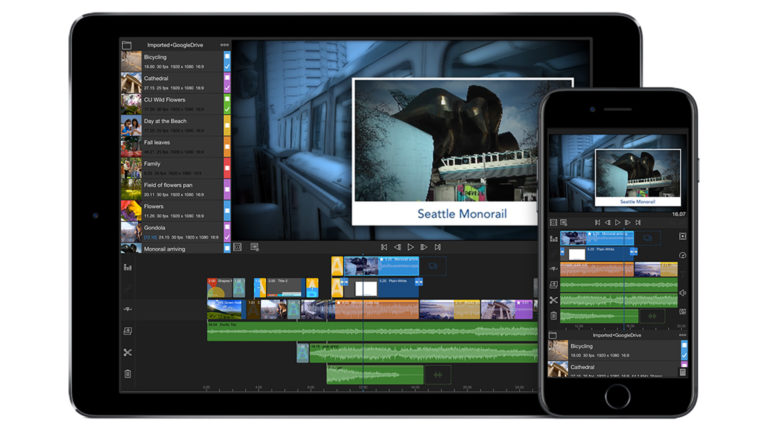A lean, Well-Balanced Switcher, But Little Phat
The Sony AWS-G500 Anycast Station is a self-contained, 17-pound, 6-channel location-video switcher with integrated audio mixing and TCP/IP digital video streaming, all packaged in an enclosure about the size of a portable electric typewriter. At just under $20,000, it straddles the line between prosumer and professional location-video production in terms of both cost and functionality- a position that is, perhaps, difficult to characterize as enviable. Despite being functionally flawless, the Anycast suffers from an attempt to do too many different things without focusing on doing any one of them particularly well. There may, however, be some applications that could benefit from the extreme integration the Anycast offers.
Smaller Than a Breadbox
The principal draw of the Anycast is its compactness. Only slightly larger than a laptop computer, with a gorgeous integrated wide-aspect LCD panel and built-in stereo speakers, the AWS-G500 can comfortably be toted as carry-on luggage and requires nothing other than a few cameras and microphones to serve as a complete live production solution. Video interfaces located on plug-in cards provide a total of four broadcast-standard input channels and two RGB inputs. The broadcast-type inputs accept composite, S-video and IEEE-1394 DV signals while the RGB sources are limited to XGA and SXGA computer resolutions. Video outputs are built into the chassis, with composite and S-video ports for NTSC/PAL monitoring and a DB-15 connector for RGB projection display. The FireWire DV channels can also serve as outputs, if required.
Switching functions are limited to cut, cross-dissolve and 16 very basic wipe patterns, but the traditional per-channel program and preview buttons promote intuitive operation, and the linear slider that serves as the unit’s "T-bar" will make any producer or operator feel pretty much at home. Two buttons located immediately above the T-bar provide one-touch access to dissolve or to a single pre-selected transition effect. Assigning a transition to this lone effect button is, unfortunately, no trivial matter. Like almost every other aspect of the Anycast, effect selection is tied to a menu system that can only be accessed via a linear scroll wheel located in the top-right corner of the unit’s control surface.
The menu interface, while extremely simple and straightforward, does not permit rapid on-the-fly transition set-up, nor is it possible to assign transition presets to unused keys on the control surface.
A lumakey and two downstream keys are integrated into the unit, although one of the downstream keys is devoted to displaying an optional on-screen logo of the type commonly used for network IDs. The utility of the DSK facility is somewhat hampered by the inability of the Anycast to dynamically receive image data from external sources. Although the unit has both USB and Ethernet interfaces, neither can be used to load frames into the machine. All graphic data must be transferred into the unit with one of Sony’s proprietary Memory Stick cards, and this is not only inconvenient but frustratingly unnecessary, since FTP or SMB file services could easily have been provided through the networking port. You can’t even insert a key directly off the Memory Stick: it has to be transferred to the system’s internal hard drive first.
The AWS-G500 has a built-in character generator for creating title keys to feed the DSK, but amazingly, the CG application completely takes over the machine, shutting down the switching function entirely. This means that all title sequences must be created in pre-production- you can’t create and insert an impromptu title of any sort. At least the 17 GB of free space on the Anycast’s internal hard drive provides more than enough space to store whatever graphics you can manage to cook up for your production ahead of time. A USB mouse can be used for CG, but the switcher doesn’t make use of mouse input at all.
Sounding Out
Audio mixing functionality felt even more cramped than video switching. The Anycast sports two XLR inputs with switchable phantom power along with four 1/4-inch phone jacks to handle microphones, but only two RCA phone jacks for line-level inputs. In all fairness, DV audio can be read from each of the FireWire inputs, so if you really get desperate you can plug audio sources into cameras. However, you won’t be able to directly accept line-level stereo feeds from two separate computer sources. Anyone accustomed to the functionality of modern audio consoles is going to feel boxed in.
Two auxiliary send buses complement a program bus and local monitor circuit, the latter of which also feeds the built-in speakers. Only basic tone-shaping, panning and compressor-limiter functions are provided, none of which can effectively be manipulated in real-time since their parameters are only adjustable via the menu system and cannot be preset.
Cameras and Controls
In keeping with its "one-man-band" design philosophy, the AWS-G500 integrates a VISCA camera controller with position preset support. With three or four such cameras, you can cover simple events without any camera operators whatsoever. Unfortunately, I didn’t have access to VISCA cameras during my review period, though I must say that the miniature flat-rubber-dome joystick did not look particularly inviting as a means to smoothly control a remote camera. On the other hand, it would unquestionably serve well enough for setting up a selection of A/B cuts on a table full of talking heads.
The portable Sony switcher is able to encode and stream Real Media video from its built-in Ethernet port at resolutions up to 320 x 240 and bit rates up to 700 kbps. Quality proved to be quite acceptable, with occasional minor jerkiness but no long pauses. The streaming feature is hobbled, however, by rather severe concurrency limitations- even at 56 kbps the Anycast can only handle 20 clients, which pretty much relegates the Internet streaming feature to inter-facility video distribution. For that purpose, I think I would much rather have seen an MPEG-4 solution, although it would have required significantly more horsepower for encoding and would also have limited playback options at the receiving end.
To Sum It Up
Given their competition, I felt Sony needed to achieve a little more than this with the Anycast in order for it to succeed as a professional location-video production switcher. I will, however, be the first to admit that future software updates might completely transform the operational characteristics of the AWS-G500, nullifying at least some of my existing complaints.
SMART ADVICE
- The 17 GB of free space on the Anycast's internal hard drive provides more than enough space to store whatever graphics you can cook up ahead of time.
- You can set preset positions for three or four cameras in the VISCA camera controller and eliminate the need for extra camera operators at an event.
Close-up
Displays the next source selected for output after the transition
PGM Display: Displays the source currently distributed or presented
PVW Display: Displays the next source selected for output after the transition.
Audio Mixer: The Anycast Station provides 48 kHz/24-bit processing with 6 stereo input mixing, 6-channel faders and 1 master fader.
Source Display: The thumbnail of each input source is seen here. The windows of the sources selected for PGM out and PVW out are highlighted in red and amber, respectively.
Video Switcher: These buttons offer 1280 x 1024 100-MHz/4:2:2 8-bit processing, 6 primary inputs plus one still picture source, 1 ME with 1 keyer and 1 DSK + 1 fixed station logo.
Device Control: Here’s where you’ll find jog and shuttle control of external hard disk drives for playing back video or for focus and zooM control of Pan/Tilt/Zoom cameras.
www.sony.com













Leave a Reply